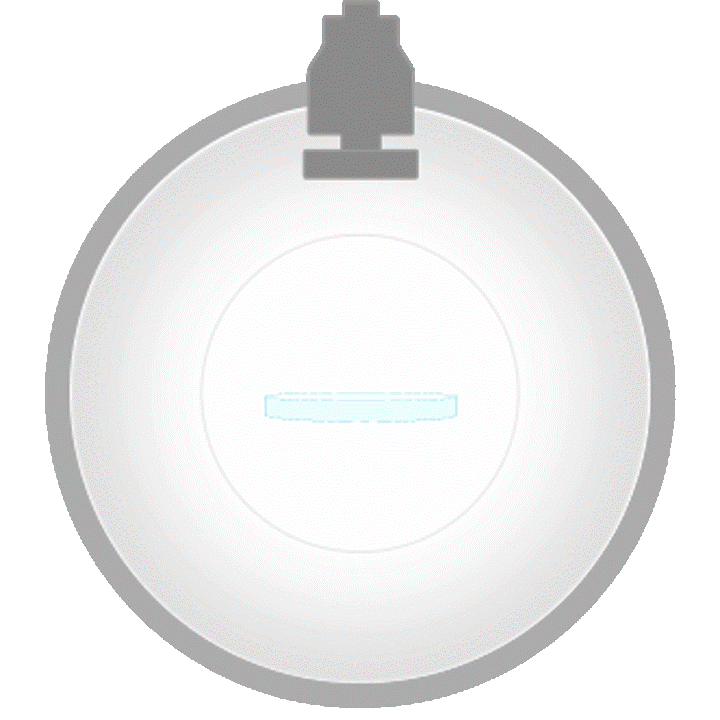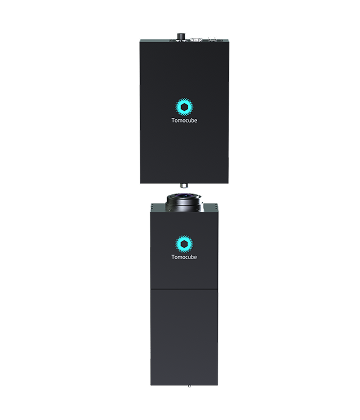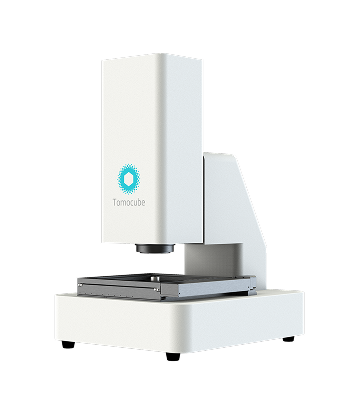Holotomography :
A Breakthrough in Industrial Metrology
-
- Holotomography(HT)
- Holotomography illuminates a sample from multiple angles and measures the phase delay of the reflected or transmitted light. While optically similar to CT, it differs by using measured refractive index (RI) variations as imaging contrast, enabling high-resolution visualization of transparent structures, multilayer thin films, and surface characteristics.

Next Generation 3D Imaging for Precision Inspection
Holotomography is a 3D optical imaging technique that combines holography and tomography to visualize internal structures of industrial materials with high resolution. By using quantitative phase imaging (QPI), it enables precise structural analysis beyond conventional metrology.
Like a CT scan reconstructs inner structures via X-ray absorption, holotomography maps refractive index (RI) distributions to create detailed 3D images. This provides valuable insights into transparent materials, multilayer thin films, step heights, and surface roughness.
Its advantages include nanoscale resolution (130–161 nm), non-destructive imaging, and quantitative measurements such as RI mapping, step height, and roughness. Real-time inspection is possible without damaging the sample, making it suitable for sensitive or complex materials.
Holotomography is highly compatible with various materials and is ideal for applications in semiconductors, glass substrates, optical elements, and electronic devices—expanding the scope of modern metrology and quality control.


